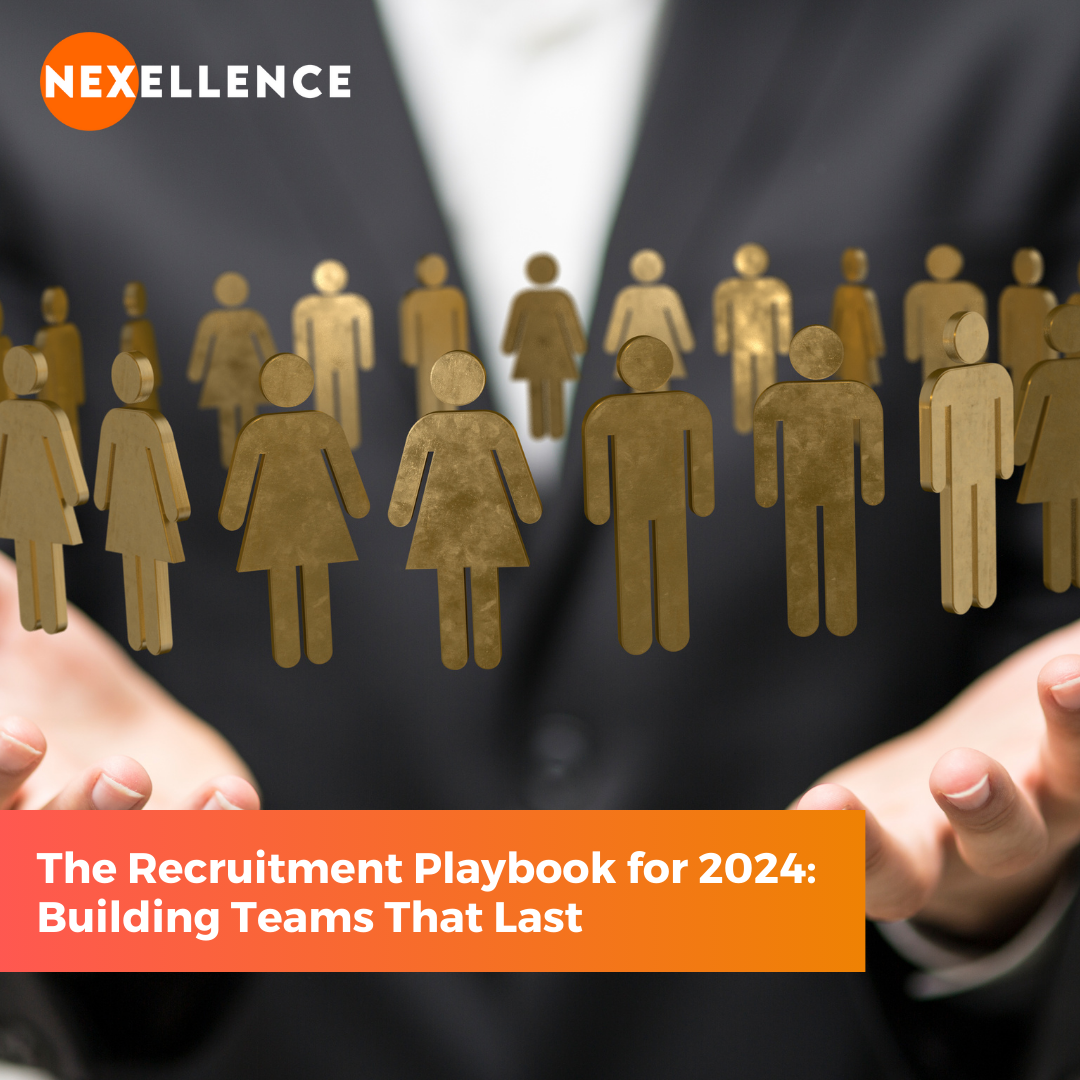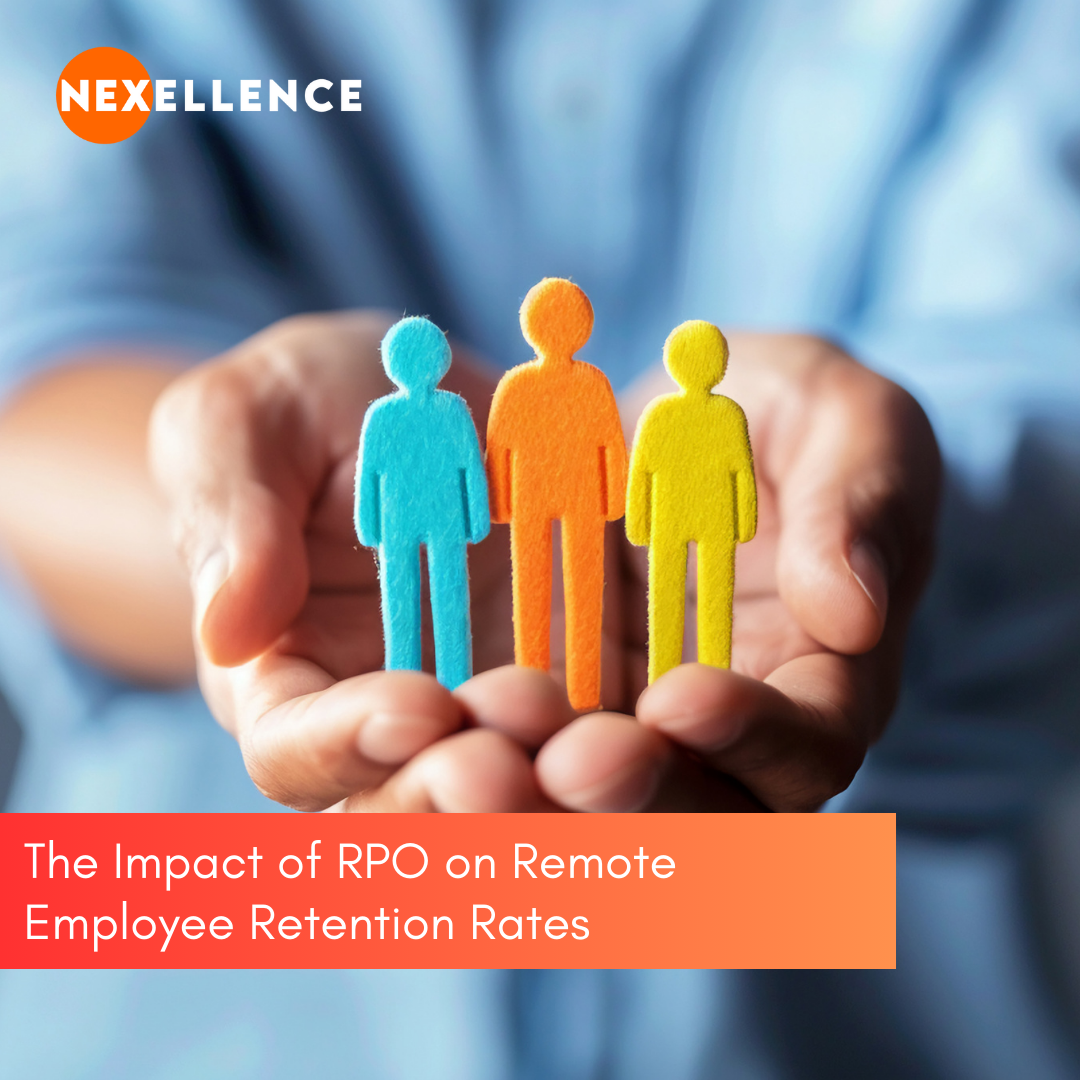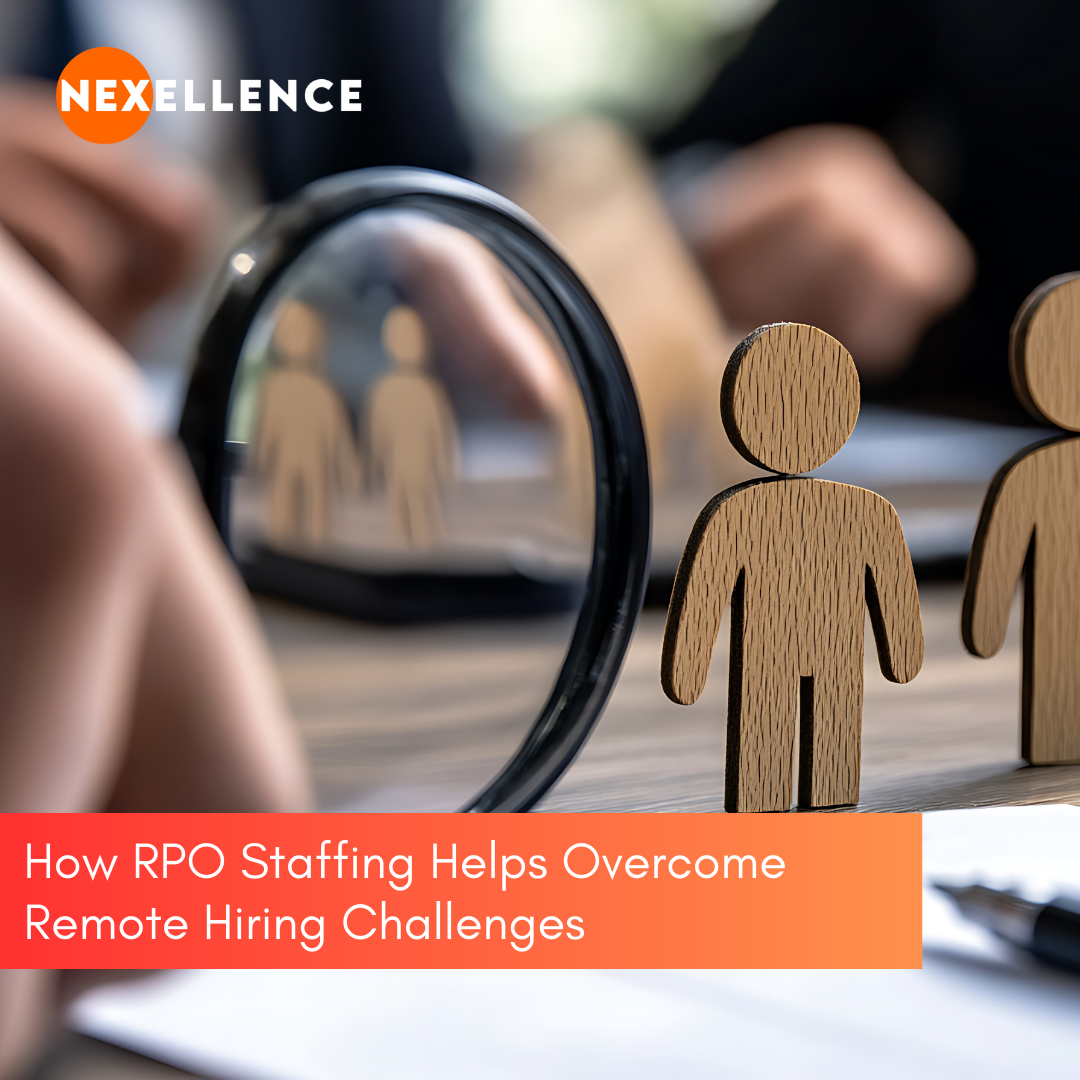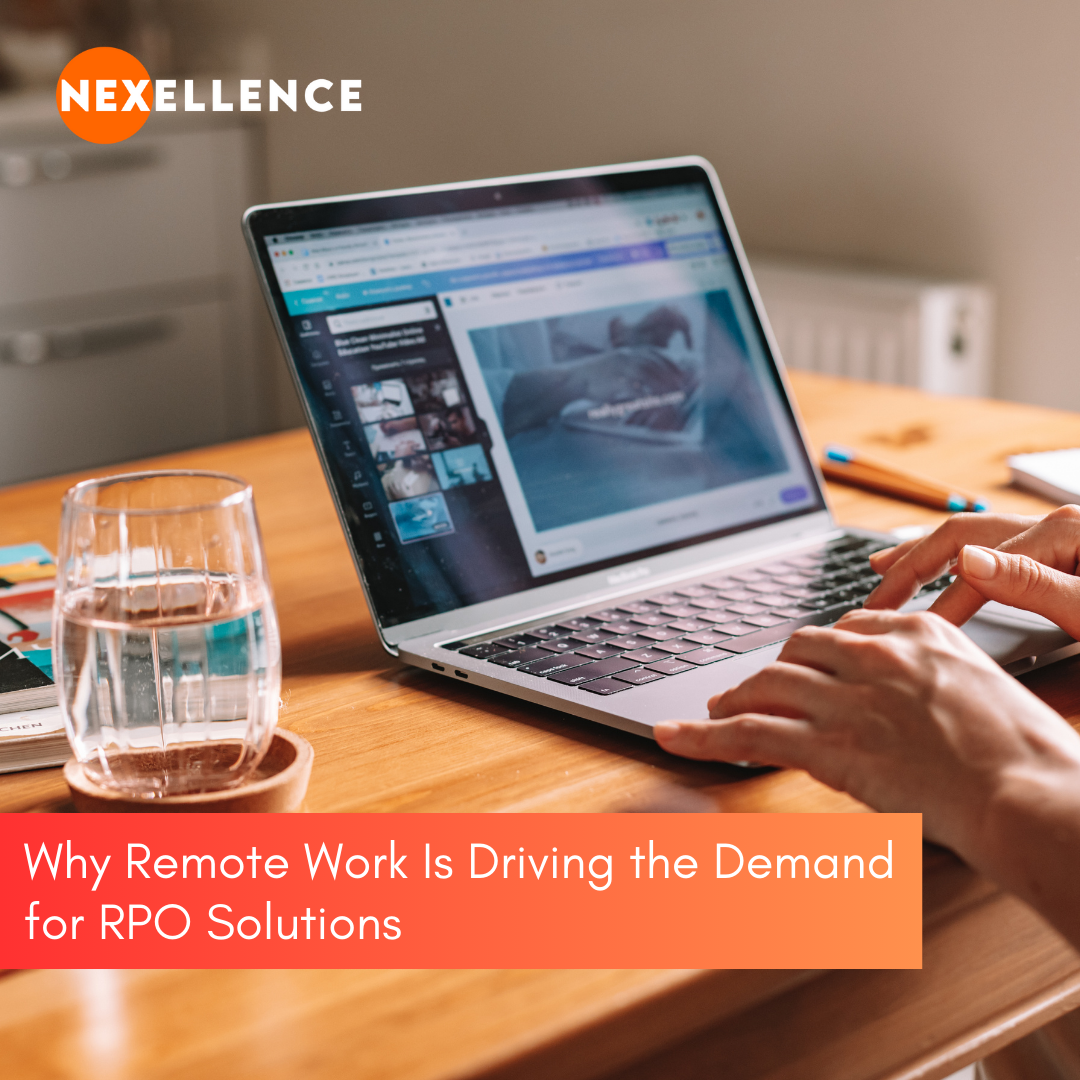As businesses head into 2024, the dynamics of recruitment are rapidly evolving, shaped by technological advancements, the shifting expectations of the workforce, and an increasingly competitive job market. Building teams that last requires companies to adopt strategic, forward-thinking approaches to recruitment that align with the future of work. This playbook offers a roadmap for recruitment success, ensuring that your organization not only attracts top talent but also retains them for the long haul.
1. Prioritize Candidate Experience
In 2024, candidate expectations have reached new heights. Offering a seamless, engaging, and efficient recruitment process is crucial to attracting top talent. Candidates are no longer just evaluating job offers—they’re assessing the entire hiring experience. A poor experience can drive talented individuals away, even if the job offer is competitive.
- Streamlined Application Process: Simplify your application process by eliminating unnecessary steps and leveraging technology such as AI-driven screening tools and chatbots.
- Transparent Communication: Keep candidates informed at every stage of the hiring process. Clear timelines, feedback, and next steps are essential for maintaining engagement.
- Personalization: Tailor interactions to individual candidates, acknowledging their unique qualifications and experiences. Personalization helps build stronger connections and makes candidates feel valued.
2. Leverage Technology and AI in Recruitment
The role of technology in recruitment will be more significant than ever in 2024. Artificial intelligence (AI) and automation are transforming how companies source, screen, and hire candidates, offering faster, more accurate results.
- AI-Powered Screening: Use AI to automate the initial screening of resumes, identifying top candidates based on specific criteria such as skills, experience, and cultural fit.
- Predictive Analytics: Leverage predictive analytics to forecast hiring needs and identify candidates who are likely to succeed in specific roles.
- Automated Interview Scheduling: Automating interview scheduling can significantly reduce time-to-hire, enhancing the candidate experience and streamlining internal processes.
3. Focus on Diversity and Inclusion (D&I)
Diversity and inclusion will continue to be a driving force in 2024, as companies seek to create more equitable and innovative work environments. A diverse team brings a variety of perspectives, which can lead to better decision-making and stronger performance.
- Data-Driven D&I Initiatives: Use data analytics to track diversity metrics and make informed decisions about your recruitment efforts. Ensure that your job postings, outreach efforts, and interview panels are inclusive.
- Inclusive Job Descriptions: Write job descriptions that are free from biased language and appeal to a broad audience. Highlight your commitment to diversity in all recruitment communications.
- Unconscious Bias Training: Equip your hiring teams with unconscious bias training to ensure fair and equitable recruitment practices.
4. Embrace the Gig Economy and Flexibility
The gig economy continues to grow, with more workers seeking flexibility and project-based roles. Recruitment strategies need to adapt to this trend by offering more flexible work options and tapping into the pool of gig workers for specific projects.
- Flexible Work Models: Offer flexible working arrangements, such as remote work, hybrid work models, and flexible hours, to attract a wider talent pool.
- Temporary and Contract Talent: Expand your recruitment strategy to include gig workers and freelancers who can bring specialized skills to your organization without the need for long-term commitment.
- Talent Pools for Project-Based Work: Build and maintain talent pools of freelance and contract workers to quickly fill short-term or project-based roles as needed.
5. Strengthen Your Employer Brand
In 2024, employer branding will be more critical than ever. Candidates want to work for companies that align with their values and offer a positive workplace culture. A strong employer brand can set you apart from the competition and attract top talent.
- Showcase Company Culture: Highlight your company’s culture, values, and mission through social media, career pages, and employee testimonials. Offer a behind-the-scenes look at what it’s like to work for your organization.
- Focus on Employee Experience: Create a positive employee experience by investing in career development, well-being programs, and recognition initiatives. Happy employees are your best advocates.
- Employer Review Sites: Monitor and manage your presence on employer review sites like Glassdoor and Indeed. Respond to reviews and show that you are committed to continuous improvement.
6. Invest in Employee Development and Retention
Hiring top talent is only half the battle. To build teams that last, you need to invest in employee development and retention strategies. Companies that offer opportunities for growth and career advancement are more likely to retain high-performing employees.
- Upskilling and Reskilling Programs: Provide continuous learning opportunities to help employees develop new skills and stay competitive in their roles.
- Career Pathing: Work with employees to create clear career paths and provide the necessary support to help them achieve their professional goals.
- Employee Engagement: Keep employees engaged through regular feedback, recognition, and opportunities for meaningful work. An engaged workforce is more productive and less likely to leave.
7. Create a Data-Driven Recruitment Strategy
Data is the key to making informed decisions in recruitment. By analyzing key metrics, you can identify areas for improvement and optimize your hiring process to attract and retain top talent.
- Track Recruitment Metrics: Monitor key performance indicators (KPIs) such as time-to-hire, cost-per-hire, and candidate satisfaction to measure the effectiveness of your recruitment process.
- Predictive Hiring Models: Use data to predict future hiring needs based on business growth and industry trends, ensuring you’re prepared to meet demand.
- Talent Analytics: Analyze your talent pipeline to identify trends and patterns in successful hires, helping you refine your recruitment strategy over time.
8. Build Strong Relationships with Candidates
Building lasting teams requires strong relationships with candidates, even before they join your company. Fostering connections with potential hires early on helps create a talent pool that you can tap into when the right opportunity arises.
- Candidate Nurturing: Stay in touch with candidates who may not be the right fit for current openings but could be valuable in the future. Use email campaigns, newsletters, and social media to keep them engaged.
- Personalized Candidate Outreach: Personalize your communication with candidates by referencing their unique skills and experiences, making them feel valued and increasing the likelihood of acceptance when an offer is extended.
- Candidate Referrals: Encourage current employees to refer candidates from their networks, leveraging internal relationships to build a strong talent pipeline.
Conclusion
The recruitment landscape in 2024 is set to be more competitive and dynamic than ever. To build teams that last, companies need to adopt a comprehensive, forward-thinking approach that prioritizes candidate experience, embraces technology, and fosters diversity and inclusion. By investing in employee development, building strong employer brands, and leveraging data-driven strategies, organizations can attract top talent and ensure long-term success.
Ready to take your recruitment efforts to the next level? This playbook provides the foundation you need to build a resilient, future-ready workforce that will drive your business forward.





